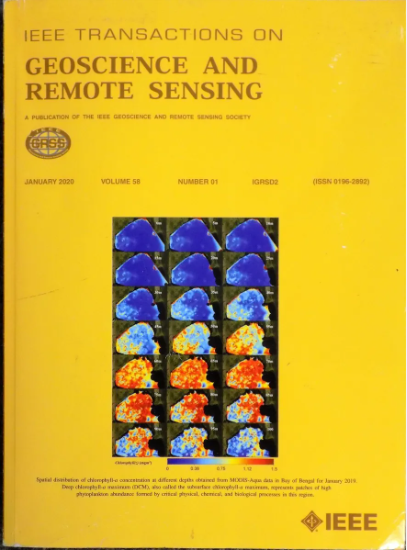A Dual-Prior Conditional Probability Diffusion Model for Seismic Data Resolution Enhancement
IF 7.5
1区 地球科学
Q1 ENGINEERING, ELECTRICAL & ELECTRONIC
IEEE Transactions on Geoscience and Remote Sensing
Pub Date : 2025-03-31
DOI:10.1109/TGRS.2025.3556448
引用次数: 0
Abstract
Seismic interpretation is crucial in seismic exploration to identify geological structures in the field. However, interpretation is often challenging due to inherent low-resolution (LR) limitations, and acquiring high-quality data is expensive with no guaranteed fidelity. To address these challenges, we propose a novel supervised deep learning-based method to enhance seismic data resolution by simultaneously focusing on dominant wavelet frequency and the spatial domain. First, we employ a deep learning module to estimate the location of low-frequency wavelets as semantic information, providing a prior that allows the model to process these signals and precisely enhance the dominant frequency. Subsequently, we use a feature wrapper to integrate the LR data with the semantic priors. We use them as conditions for a diffusion model to generate high-frequency features, considered priors with higher-frequency wavelets. Finally, we input the priors and the LR data into a feature fusion module (FFM) to generate the final output, doubling the sampling points and traces to achieve high-resolution (HR) data with high-frequency wavelets. The models are trained separately using cross-entropy, Kullback-Leibler divergence, and Charbonnier loss. The priors we use and the design of the generative diffusion model ensure high fidelity, preventing false seismic events and over-smoothing. Experiments on field data demonstrate the superiority of our method compared to three other approaches, highlighting its potential as a powerful seismic super-resolution tool in practical applications.求助全文
约1分钟内获得全文
求助全文
来源期刊

IEEE Transactions on Geoscience and Remote Sensing
工程技术-地球化学与地球物理
CiteScore
11.50
自引率
28.00%
发文量
1912
审稿时长
4.0 months
期刊介绍:
IEEE Transactions on Geoscience and Remote Sensing (TGRS) is a monthly publication that focuses on the theory, concepts, and techniques of science and engineering as applied to sensing the land, oceans, atmosphere, and space; and the processing, interpretation, and dissemination of this information.
 求助内容:
求助内容: 应助结果提醒方式:
应助结果提醒方式:


